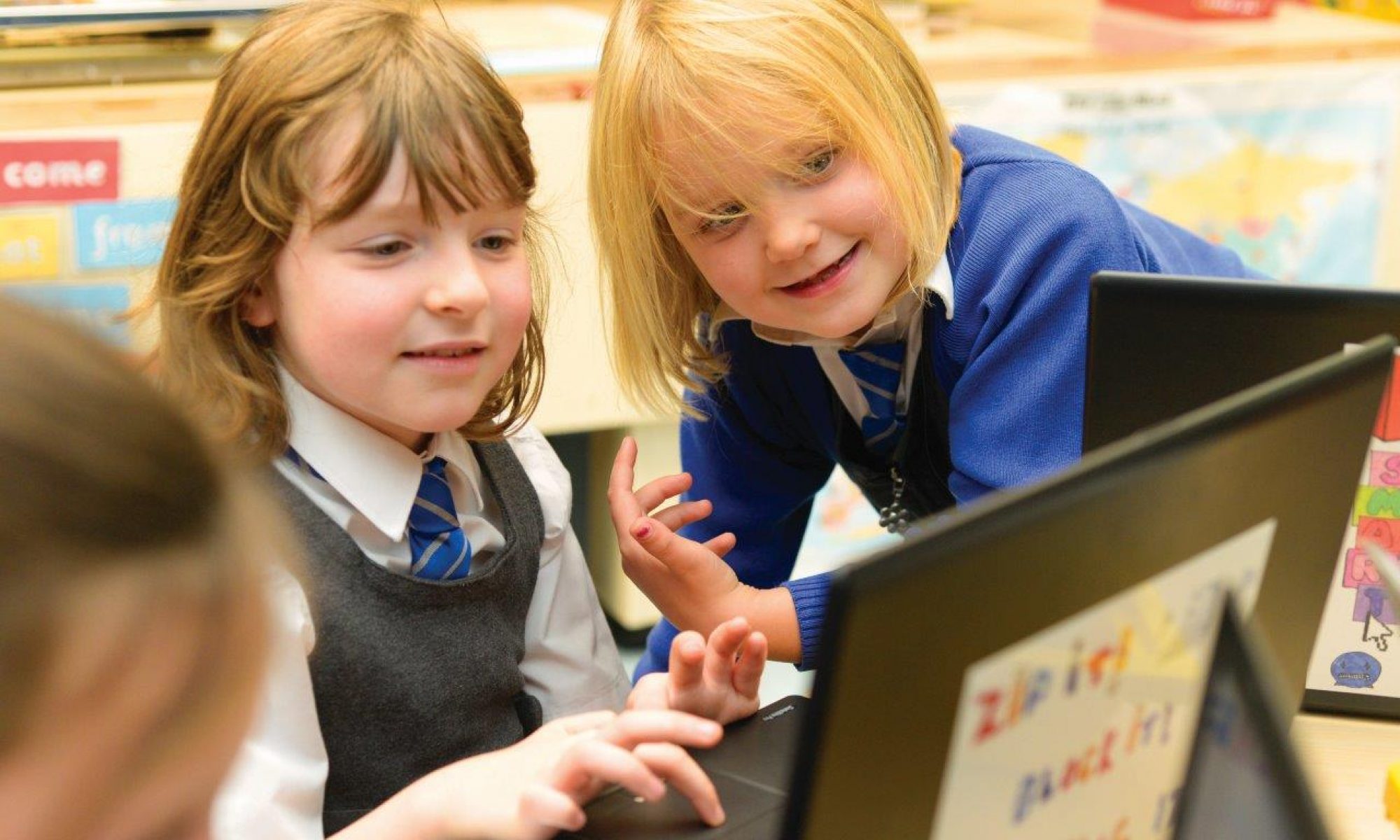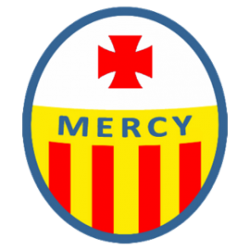Good morning everyone,
Please accept my apologies if you were unable to view yesterday’s blog. There was a technical issue which I have resolved and it is now available to view.
Here is today’s home learning. I am also planning to set up Zoom meetings with groups of children next week. Each meeting will take place at 10.00 am. Details of your child’s allocated Zoom meeting will be posted via the Memo section on Tapestry.
Personal, Social and Emotional
Feelings game
Children learn to build positive relationships with their friends during cooperative play. At this time of isolation, you can help your child continue to learn how to build good relationships at home. I am sure this activity will also help those children with siblings at home.
- You will need three toys such as soft toys or superhero characters.
- Create and act out a short scenario in which the two toys play a chasing game, then bump into each other and fall over.
- The third toy should see what has happened.
- Ask your child, should the third toy go off and tell an adult?
- Ask your child how the characters were feeling at each stage of the story, whether the accident could have been avoided and whether they all behaved sensibly.
- Encourage a discussion about taking care when running, feeling sad or cross when they get hurt but accepting that sometimes accidents do happen.
- Discuss wanting to help each other, telling adults when they need help or solving the problem themselves, feeling happy when people make things better.

- Extend this activity by performing another short act, during which two puppets are playing and a third asks to join in and is refused. The third puppet should display sadness.
- Again, ask your child to name and describe the characters’ feelings and how they should speak and behave towards each other so nobody is sad.
- Talk to your child about how they may be able to resolve the problem themselves. Can they exchange ideas, take turns etc?
- Emphasise that they may always ask an adult for adult and support if somebody is not being kind.
- End the game by acting out the children agreeing on how they can welcome their friend into the game.

Letters and Sounds
Shared writing
A really important role a parent can play in their child’s life is being seen to write and modelling the writing process – scribing.
- Ask your child to tell you a story. You may wish to use the puppet stories made in the previous activity for this idea. Or you could read a favourite story and ask your child to retell the story. If your child only offers one or two sentences, that’s fine. Building confidence is most important at this stage.
- I find that in class children love to see adults writing and will get very excited telling the adult what to write.
- As you write down your child’s story, model sounding out simple words you know your child will be able to ‘have a go’ at. Pretend, you’re a bit stuck and invite your child to tell you how to write particular words.
- Model looking for tricky words in your child’s word bag to help them learn how to spell tricky words.
- Talk about full stops and capital letters.
- Read back what you have written – model checking for meaning. Does this make sense? Model making amendments and changing what has been written.
Your child may enjoy you reading their story to other family members over the phone. Perhaps you create a story over time and display the different parts as they evolve. Ask your child to draw a picture to accompany the story. Maybe you could make a book.
Today’s new sound – ‘ch’ (digraph two letters but one sound) Watch the following video with your child:
Here is a fun song which also teaches the sound ‘ch’:
Below is the action for ‘ch’:

Ask your child to articulate the ‘ch’ sound whilst demonstrating the action.
Show your child how to write ‘ch’ using the correct letter formation.

Letter formation for ‘c’ and ‘h’ can be found in your child’s letters and sounds book.
Encourage your child to ‘have a go’ at writing the ‘ch’ sound.
If your child is ready for a challenge, ask your child to write the following words:

Maths
Below is Step 3 of our measures learning sequences – wider/fatter/thicker and thinner. I am sure many children can easily identify different thicknesses. However, the key to this learning sequence is to encourage your child to use full sentences when making comparisons.
I appreciate that many of you will not have playdough at home. I’ve therefore included a playdough making activity in this blog.

If you are not able to get hold of any playdough, this activity can be adapted as follows:
- Provide a range of natural materials for your child to compare in terms of thickness.
- Provide a range of construction materials for building towers and structures so your child can explore what makes a structure wider (and extending this to discussing wider tower bases being more stable).
- Provide cubes, Duplo® or Lego® (construction materials which fix together) and explore how to make these models wider/fatter or thinner.
- Offer a range of clothes and explore the fabrics they are made of. Explore whether the thicker materials are warmer.
A little bit of science
Playdough
I thought I would share with you how I make the playdough for the children in class. It’s a fun activity to do with your child. I appreciate that you may not have some of these ingredients readily available. However, if you do have good supplies, this activity lends itself to numerous learning opportunities. For example, following instructions, conversation, predicting changes and fine motor skills.

Here is the simple recipe.

- 1 cup of flour (I usually use a mug)
- ½ cup of salt (use the same mug)
- 1 tablespoon of oil (can be vegetable oil or olive oil)
- 1 tablespoon of cream of tartar
- 1 cup of water (again use the same mug). Put food colouring in the mug before the water so you’ve got coloured water. I find half a small bottle of food colouring is a good quantity. If you don’t have food colouring, don’t worry, it can be white playdough!
Method:
- Put all of the ingredients in a saucepan and mix together.
- Cook on the hob.
- Use a wooden spoon and stir continuously until the mixture begins to bind together.
- I usually continue to stir for a few moments more to ensure the playdough is fully formed.
- Cool the playdough down on a plate and enjoy.
- At this stage, your child could knead glitter into the playdough to make it a bit fancier.
Please don’t forget to post on Tapestry some examples of your child’s home learning.
Thank you for your continued support and I wish you all a wonderful day.
Nicola Palmer

